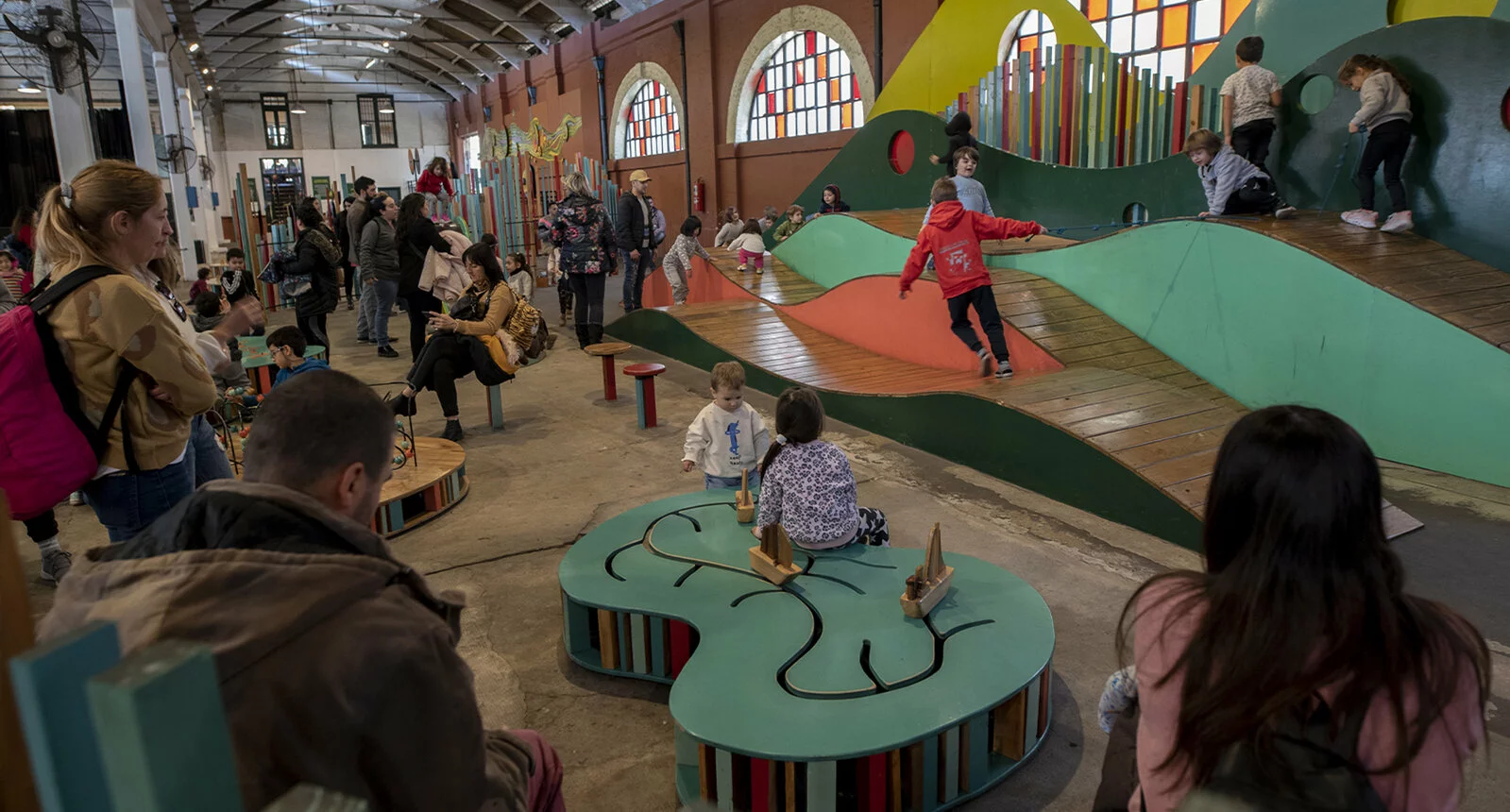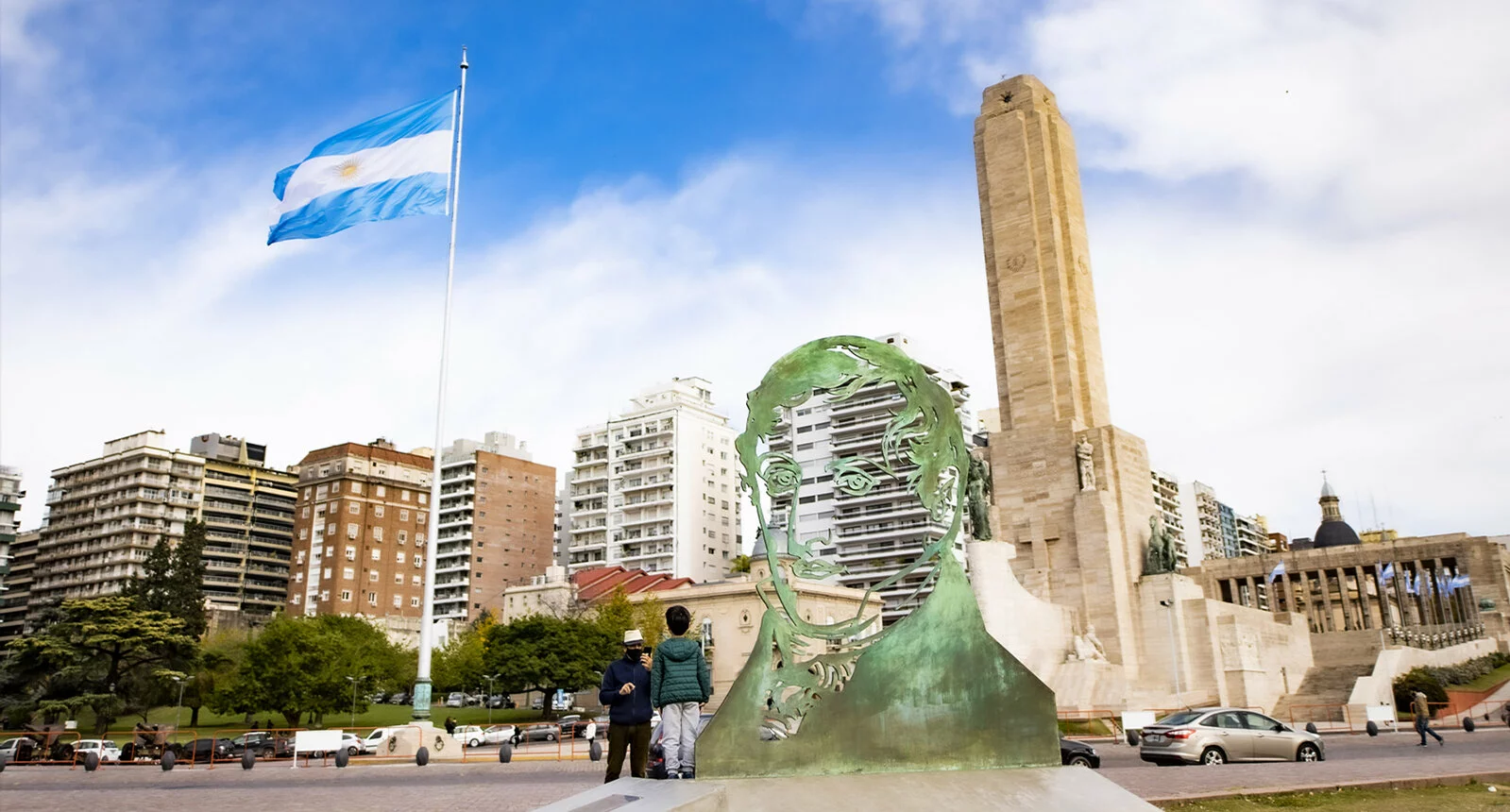Firstname Last
Title Tellus Ornare Sem Lacinia at
Organization Name
Bio sentences egestas maecenas pharetra convallis posuere morbi leo urna molestie. Natoque penatibus et magnis dis parturient montes. Bibendum est ultricies integer quis auctor elit. Faucibus scelerisque eleifend donec pretium.
Nulla quis lorem ut libero malesuada feugiat. Proin eget tortor risus. Vivamus magna justo, lacinia eget consectetur sed, convallis at tellus. Proin eget tortor risus. Nulla quis lorem ut libero malesuada feugiat. Vivamus suscipit tortor eget felis porttitor volutpat. Vivamus suscipit tortor eget felis porttitor volutpat. Vestibulum ante ipsum primis in faucibus orci luctus et ultrices posuere.












